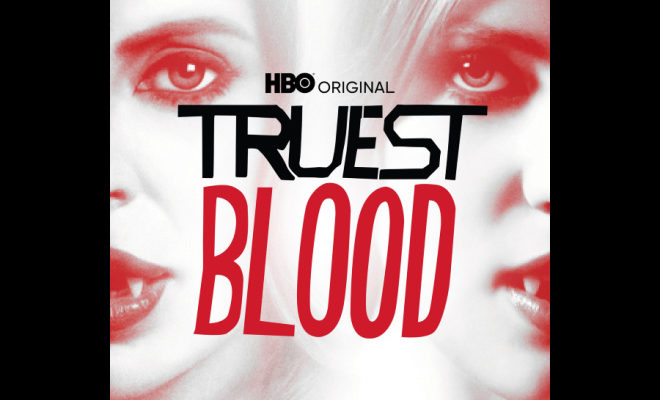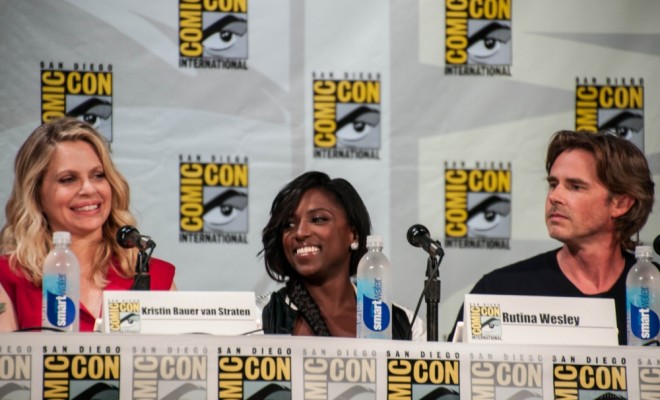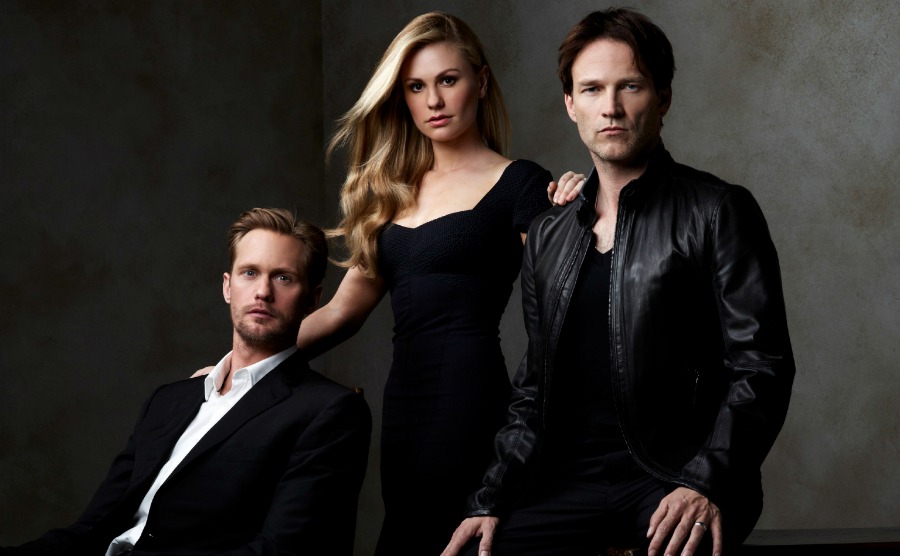Mythology: The Horned God
When early people began to contemplate the notion of the gods and goddess that controlled their lives and environments, the people understood the world and their most basic theology through what they saw all around them. They saw the trees, the sun and the moon, the stars, and the animals that shared their visual world. When higher thought began to create notions of Creator and people began to ask the questions of how they got here on the planet, they turned to the things they knew.
They knew about the seasons and they knew about human nature but they had no reference for the face of the divine. So they observed nature and chose among them creatures that would physically represent for them the face of the god. In some cultures, it was a bear, or a jaguar, or an elephant, but in others, it was the bull and their god took on the countenance, based on the creatures in their environment, the strongest and most virile of the animals.
The notion of a horned god was the acknowledgment of the god’s virility and strength. He was like the animals they saw in their everyday lives. He, or at least his animal form on earth, was a source of food and shelter and wealth. Depictions of the gods showed the humanoid creature wearing horns, his sign of strength and in some cultures, the sign of his wisdom.
Egyptians, the Hindi, the Celts and the Norse even the Romans all had some representation of the horned god. He was looked to in matters of strength, fertility (because one of early man’s most sacred duties after hunting and protecting his people was the act of replenishing the tribe) and bravery. Fetishes and statues and pictures were centered in their religious lives.
The horned god also became the lover/consort of the earth mother. From their joining, came the seasons of warmth and plenty and cold and death, all in balance. The two were divine equals, dependent on one another. The people even reenacted the marriage and joining of the two with specially selected members of the community standing in for the presence of the god and goddess and acting out the celebration of conception and eventually birth. Children born of this symbolic union and were called children of the gods, or god children. (yes, that is where that expression comes from)
With the rise of Christianity, the Church wanted to convert those who still worshipped nature in all it’s forms. At first, they simply wanted to convince the people that the gods and goddesses simply did not exist, that there was only one God and he was quite different from the gods and goddesses they knew. But when this did not work, they came up with an idea.
The Devil, Satan, the Adversary, is depicted in the Bible as a fallen angel, the angel of the Morning Star and for some this image of the devil was conflicting. They simply could not relate to the notion of a heavenly creature becoming something so evil. So, they decided to give Satan a make over. They gave him horns.
Now the Church could say that the old gods were not just myths that the unsaved made up to understand the way things were, the old gods, especially the horned god was the devil. In the times of the Inquisition, the witches confessed to all sorts of deeds, but the thing they most confessed to (and remember, this was generally during torture) was consorting with the horned god, in short, the devil.
In occult texts, we see use of the pentacle star, the entwined five pointed star with a single point on top. This is the symbol of witches from time in memorial. The top point represented the spirit or soul or chi of all living things and the other points represented the cardinal compass points, north, south, east and west, and the four elements, earth, wind, fire and water, and for some the guardian angels or Arch Angels: Gabriel, Michael, Uriel(aka Ariel) and Raphael.
In the early occult, the transversed star, or “upside down” star was not about evil but about balance. It represented the universe: trials, tribulations, the removal of obstacles, refocus, and regeneration. It was never a symbol of Satan.
The blame for this misunderstanding was not the fault of the Church, however. Blame this instead on Anton Sandazor LaVey, the founder of the first Church of Satan. A former carnival barker and mentalist, he annexed the shape, which references a creature with horns, as the symbol of Satanism. The same for transversed cross. Early Christians used the transversed cross for many centuries as the symbol of Peter, who was crucified upside down, according to Roman records because he reportedly said, when he learned he was to be crucified: “I am to die as my Lord died, and for this honor, I am wholly unworthy,” The Romans agreed and crucified him upside down.
The obvious use of the imagery in True Blood is of course using popular but misunderstood use of symbolism.
Sources: The Horned God by Scott Cunningham, The Goddess Alive by Margaret St. Clair, The Witches Bible by the Farrars, The Reinvention of Satan by Father Michael Grolier, The Malleus Malificarum by Kramer and Sprenger, Ancient Signs and Symbols by Michael Airey






4 Comments